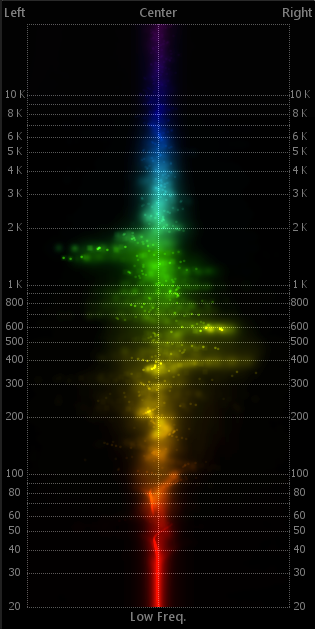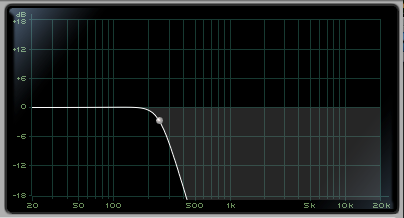Mixing tips: keep the bass in the center

A few months ago, I was talking to a fellow producer about mixing and I remember we agreed on how easier it was to mix rock, pop or electronic dance music. When you are working with bass, keyboards and guitars, you know where to touch. And if you don’t, you can always google it.
But how to deal with a mix full of layers and layers of sounds with different textures? The answer is simple: keep the bass in the center.
Of course it’s way more of a complex process, but this is a great starting point. I’ve got this realization one day when I was testing one of my tracks on a huge set of Funktion-One speakers. How come my mix is so muddy? -I was thinking. You could barely distinguish between the layers of sound landscapes. It was like trying to spot a drop of mercury in a waterfall.
And bang! All of a sudden, the answer came to me. I immediately remembered a “frequencies tree” another fellow producer showed me long time ago. It goes like this: if your mix is a tree, the low frequencies are the trunk, the middle frequencies are the branches and the high frequencies are the twigs and the leaves. So the higher the frequency, the more widespread it can be in the stereo field, covering all the space between the left and the right channel. As for the low frequencies, again, keep the bass in the center.
I started implementing this concept right away and it’s amazing how this small thing can improve the whole mix and take it to the next level. Now my mixes sound more defined and clean.
So how can you apply this when you have hundreds of layers, each one with low, middle and high frequencies all combined into one single sound? The answer is just another useful technique: layering.
I will write another article about it, so for now, create two copies of the same track. On the first one, just leave the low frequencies and cut away all the rest (apply a low-pass filter set at 250 Hz). If it’s a stereo track, convert it to mono. This is the bass, the trunk, keep it in the center.

Low-pass filter with a cut-off frequency of 250 Hz
On the second one, cut away all the low frequencies and leave the rest (apply a high-pass filter set at 250 Hz). Spread these sounds all over the place, these are the branches and twigs.

High-pass filter with a cut-off frequency of 250 Hz
Why does it work? Because it’s based in one of the fundamental principles of sound: low frequencies are omnidirectional. So there is no need of placing them anywhere in the stereo field, and by keeping them in the center, you clear up the space for some more directional sounds to shine.
So here you go, a simple technique that can make a huge difference. And it’s easy to remember: keep the bass in the center.
Written by Miguel Chambergo
This article was originally published in CrackingSound
Thanks for this ! Makes total sense. I will experiment with it in my upcoming mixes. Followed and Upvoted.
Thanks, I'm glad you liked it. It works better to me when applied to individual tracks rather than to the whole mix. Thanks for upvoting, I do appreciate it.
Have a nice day,
Miguel
Interesting. I'll try this, thank you for this tip :)